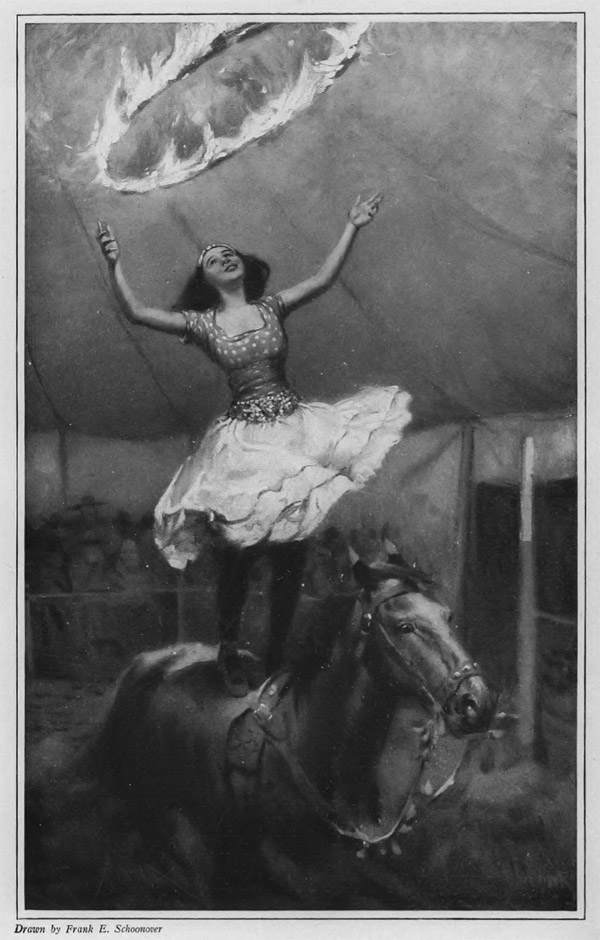
Teaching often facilitates a relationship with one’s own ignorance: only by confronting the limits of my knowledge can I begin to ask questions, begin to imagine how questions will be asked of me. This is a confrontation I have learned to accept readily, as a useful practice, a gentle intellectual and spiritual stretching in the safe and narrowed context of a classroom. But outside the door of the San Quentin classroom is a prison yard, and beyond that, stairways that lead to cellblocks and dorms where thousands of men live literally stacked against each other. I do not understand how to live out there. I don’t have to. But more significantly, I don’t know how to think about what a life there means. For some hours after teaching—sometimes days—I can’t reconcile the scale of my daily existence with the scale of a world which has brought about this other place. —”On Irving Goffman,” Kathryn Crim, Threepenny Review
The past was in color, and Mark Twain wore a red robe to bed; on having the courage to read naively; shhh! Herman Melville had secrets!
In a lot of ways, Sonic Youth are anti-Albinis: proud capitalists and Capital-A artists, seeking that ever-elusive label combination of effective distribution, honest accounting, creative control, and cool coworkers. The fact that Sonic Youth almost got all of those things on their own terms is amazing in its own way. Yet the band’s side of the story is more interesting for the light it casts on the contingent nature of “indie” as a cultural category that artists themselves, despite how they’re portrayed, can choose to completely ignore. We could place these belief systems on a spectrum, with Albini on one end representing the dyed-in-the-wool ideologue, and Sonic Youth, well, tracing a strange path that predicted a lot about how smaller bands and labels operate today.
—”Bad Moon Rising: The Practical Lessons of Sonic Youth,” Eric Harvey, Pitchfork
Learning to DJ in Lebanon’s Palestinian camps; a treasure trove of dialogues with and about John Cage; Google Street View Brazil offers corpses, hookers, junkies, and more!
More than anything, Hegarty wants the world to strive towards a more matriarchal existence. “Just living is creative,” he explains. “Every decision we make in life is a creative one: sentences we string together, the way we get dressed in the morning. Every movement could be considered dance if you really open your mind to that feminine plane of thought.” “Wow!” says Abramovic. These two artists do seem awestruck by each other, listening intently to what the other has to say, only speaking when they’ve reached their full conclusion. One thing, however, remains unspoken: the ultimate tribute, Abramovic´’s request that Hegarty will sing at her funeral, which she recently divulged to her biographer. “This is Marina’s wish,” confirms her assistant, after the interview. “But she has never asked Antony because she is too shy.” —”When Antony Met Marina,” Eleanor Morgan, The Guardian


